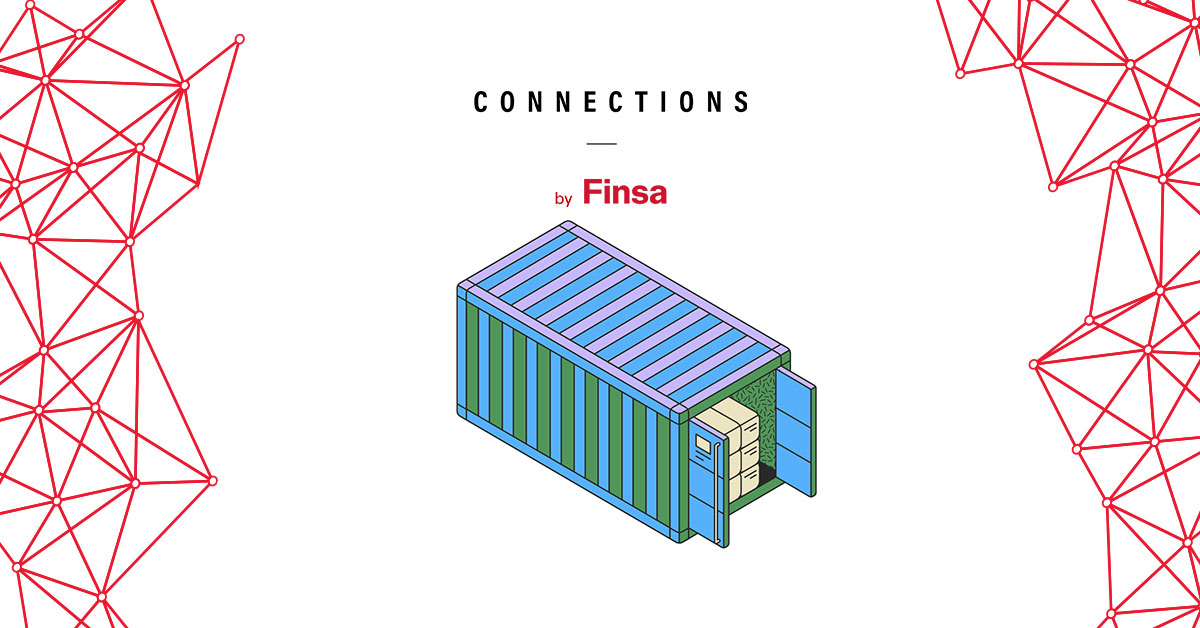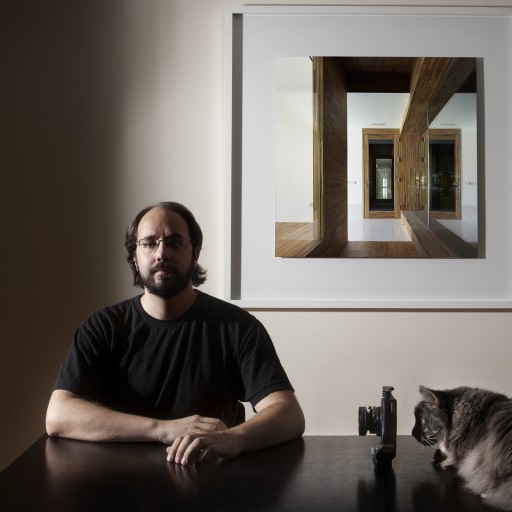How will the interior design and architecture of the new workspaces be? How can designers and industry collaborate in their creation? To find out, we attended the talk New Workspaces: Creation, Development, and Outcome. Perspective of a Common Path in a Joint Project between Design and Industry within the professional program of Madrid Design Festival. In it, two architectural studios (3g office and Carlos Manzano Architects) and the furniture manufacturing company Forma 5 shared the four fundamental aspects when approaching the workplace.
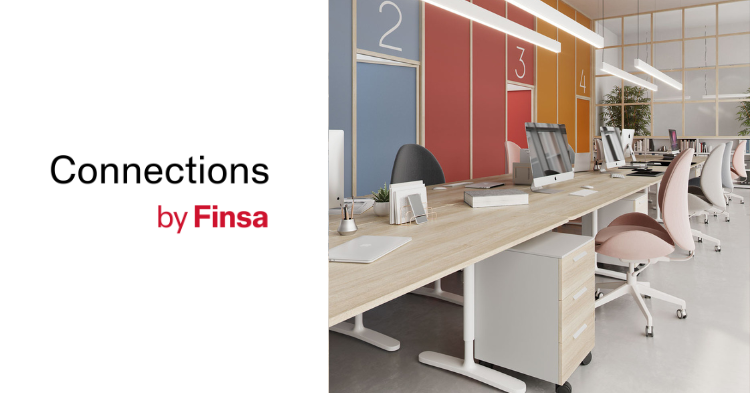
Attracting and retaining talent through flexibility
The hybrid office, multifunctional environments, and workspitality are trending. “We forget about rigid offices and bet on flexibility and adaptability, not only to attract staff but also to awaken inspiration”, specified Rocío Fernández from the marketing department of Forma 5. Conchi García, an architect from 3g office, added inclusion as another complementary factor, “in a broad sense, beyond accessibility issues: people are very diverse. Some need places that allow greater concentration compared to others who perform perfectly informal or creative tasks among hustle and bustle… We have to accommodate these needs in our approaches”. Closing this section, Carlota Manzano, from Carlos Manzano Architects, emphasized that the return to workspaces will only be achieved “if they are perceived as attractive and functional. The staff particularly values that their office is a place where they can effectively carry out their daily tasks, but also a meeting and collaboration point. Interrelation is fundamental, and we must generate spaces that promote it”.
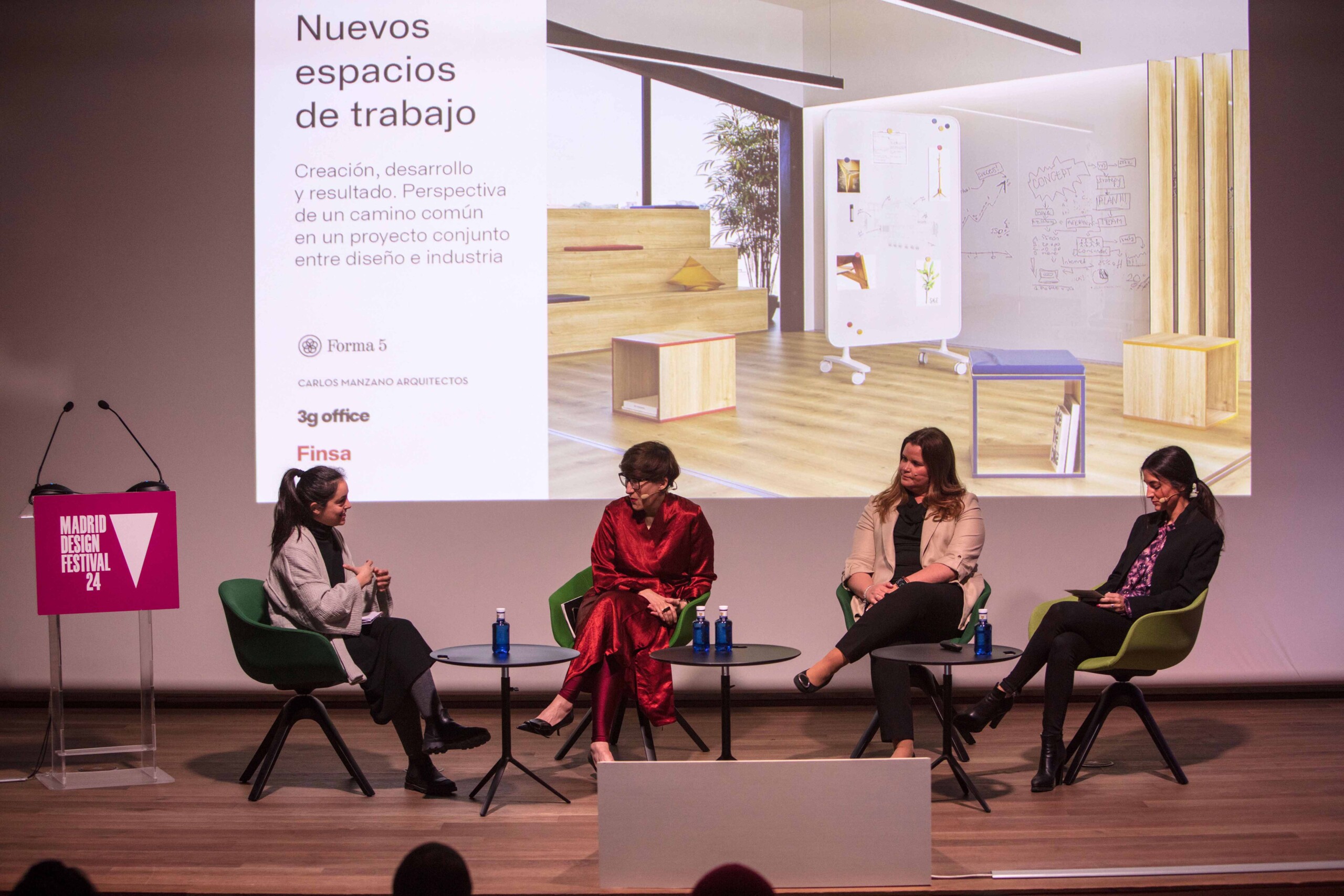
Comprehensive and certified sustainability
What criteria are valued when incorporating sustainability into these types of projects, and what are the most common standards? For Carlos Manzano Architects, the approach must be “comprehensive” and, as they pointed out, “it should be addressed from the selection of finishes to the planning of climate or ventilation installations”.
Regarding certifications, 3g office considers the WELL certification essential. “Firstly, because in most projects we work on an already built building, where not everything depends on our intervention to obtain other types of certifications like LEED or BREEAM. Secondly, because WELL is more related to people and how what we design affects their health and well-being”. Carlos Manzano Architects adds that having one of these seals “contributes to positioning an office asset ahead of its competitors and, therefore, many of our clients look for it when searching for a new headquarters”.
Talking about product, Forma 5 detailed that they seek tools that “help with sales and generate trust in the markets”. All their products comply with European certifications such as UME-EN and TUV, in addition to SG and BIFMA to ensure American standards. “The European Union provides a two-year warranty, but in our case, we extend it to five”, they declared.
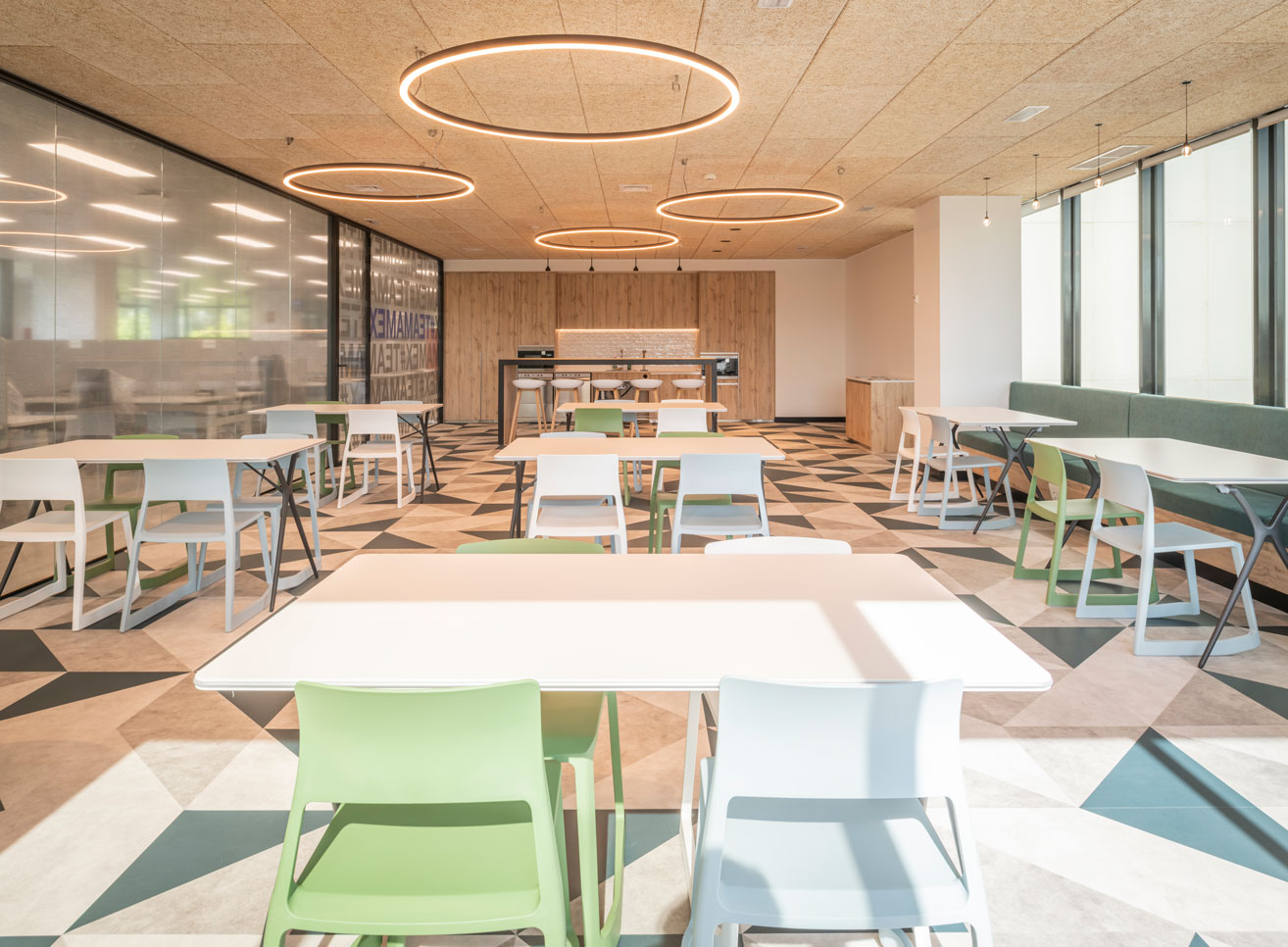
Manufacturing and design, doomed to understand each other
It is clear that if there is no communication between all the links in the chain, the final result will not align with what has been discussed. “Manufacturers and supplier companies are very connected and make our lives very easy, offering more options and a wide range of finishes”, they commented at Forma 5. Although this interrelation exists, at 3g office, they demanded solutions that improve acoustics “without being too costly”. They indicated that this also happens when greater customization or design realization with some adaptation point is needed. “Deviating from standardization usually involves a cost increase that is not always justified by the final result. This is also affected by the scarcity of qualified professionals willing to model products in a more artisanal way”, they declared.
Carlos Manzano Architects value “the increasingly closer approach between manufacturers and designers. Customization of products and finishes is a fundamental component. Being in contact with manufacturers is very positive, as they increasingly know what products we miss, have wider ranges of finishes, and are more open to product customization. Many are creating technical departments that assist us during the project development, treating furniture and equipment as an integral component rather than a final addition.
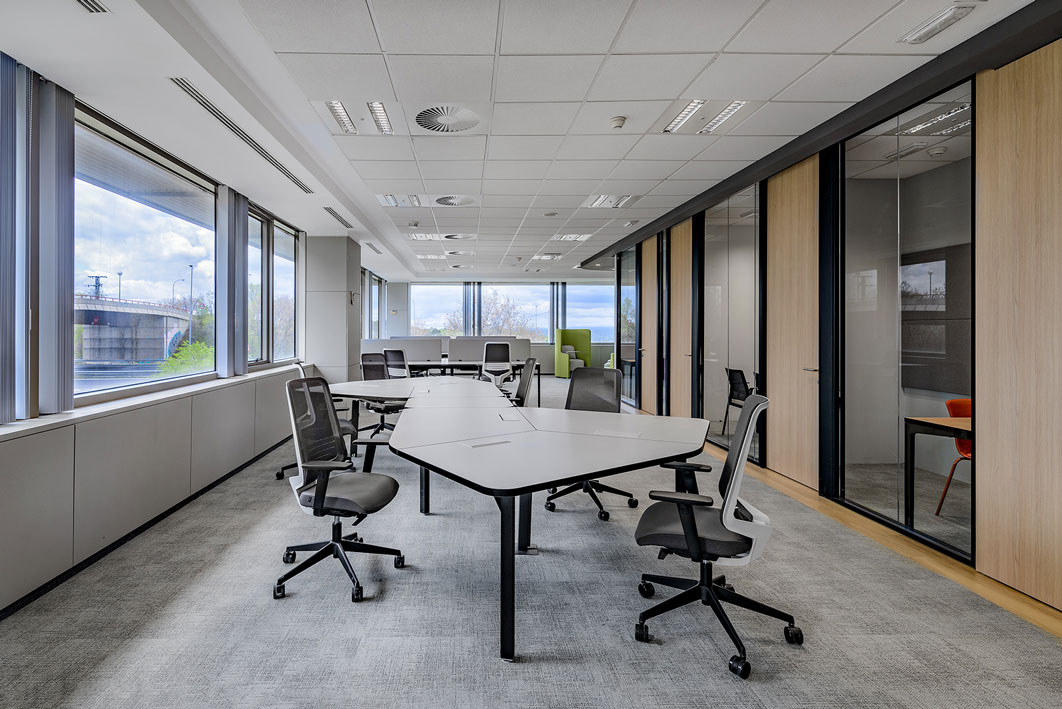
An evolutionary workplace model
Studios and furniture manufacturers agreed that the sector advances at a slower pace than other types of habitats. They pointed out that spaces are becoming smaller, where “multifunctionality, collaboration, and openness prevail, to not condemn that place to a single use”, indicated Forma 5, also pointing to the “added value” they must provide. In this regard, 3g office added that the evolution is directed towards “an environment where not only tasks are developed, the workplace will be much more complex and rich for the performance of different activities, as a meeting point that people want to go to because it offers them something more -well-being, comfort, technology, events…”. Lastly, Carlos Manzano Architects highlighted the “less is more” philosophy as a reflection of the trend to opt for offices with smaller surfaces but higher quality of spaces and finishes and the integration of technology as an increasing demand: access controls, locker opening, room reservation management systems, informational screens, videoconferencing systems, home automation…
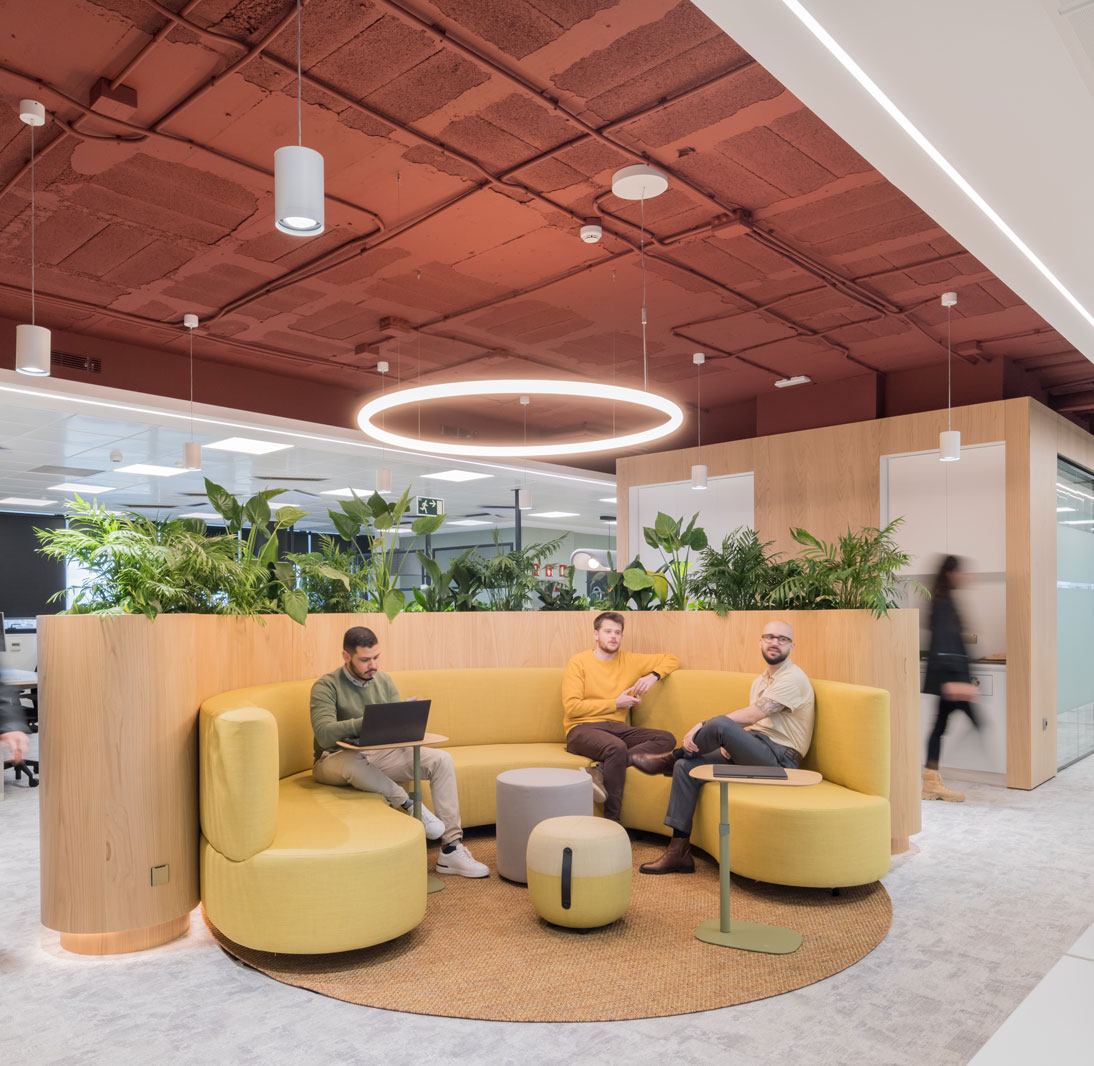
Madrid Design Festival 2024 will continue until March with a program of exhibitions, talks, and events. At Connections by Finsa, we have prepared this guide with our selection of what you can’t miss.



